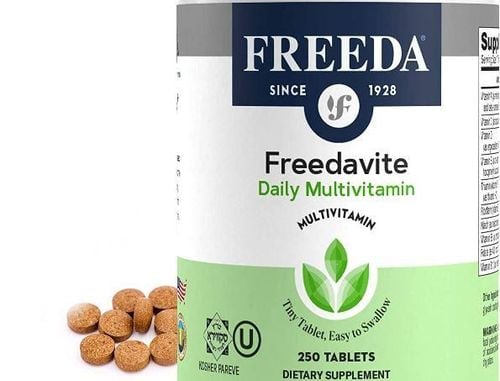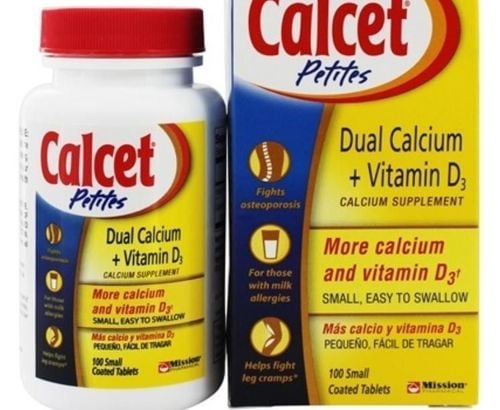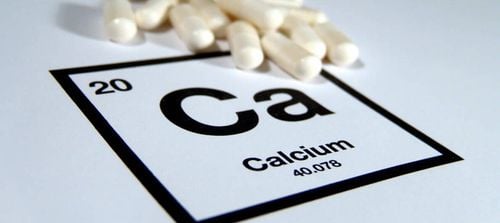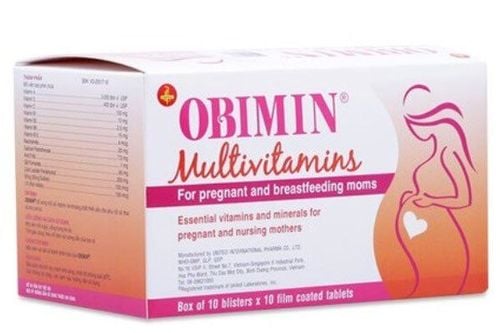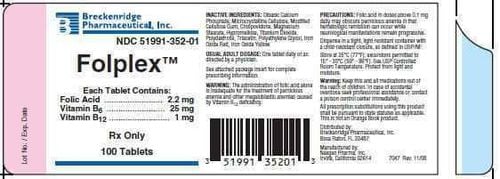This is an automatically translated article.
Taking vitamins is part of the daily routine of millions of people worldwide. Although instructions for proper vitamin supplementation are listed on most product labels, in reality, many people use doses higher than recommended. So is it safe to overdose on vitamins, and the potential side effects and risks of taking high doses.
1. Fat-soluble vitamins and water-soluble vitamins
13 known vitamins are divided into 2 categories including fat soluble and water soluble.
1.1 Water-soluble vitamins
Water-soluble vitamins are easily eliminated from the body and are not easily stored in tissues. There are more water-soluble vitamins than fat-soluble vitamins.
Water-soluble vitamins including vitamin C, plus 8 B vitamins:
Vitamin B1 (thiamine) Vitamin B2 (riboflavin) Vitamin B3 (niacin) Vitamin B5 (pantothenic acid) Vitamin B6 (pyridoxine) Vitamin B7 (biotin) Vitamins B9 (folate) Vitamin B12 (cobalamin)

8 vitamin nhóm B thuộc vitamin tan trong nước
Since water-soluble vitamins are not stored in the body but are excreted in the urine, they are less likely to cause problems even when taken in high doses.
However, taking very high doses (megadoses) of some water-soluble vitamins can lead to potentially dangerous side effects.
For example, taking high doses of vitamin B6 can lead to irreversible nerve damage over time, while taking large amounts of niacin - often in excess of 2 grams per day can cause liver damage.
1.2 Fat-soluble vitamins
Unlike water-soluble vitamins, fat-soluble vitamins are not water-soluble and are easily stored in your body tissues.
There are four types of fat-soluble vitamins:
Vitamin A Vitamin D Vitamin E Vitamin K Since fat-soluble vitamins can accumulate in the body, these nutrients are more likely to lead to toxicity than vitamins soluble in water.
Although rare, taking too much vitamin A, D or E can lead to harmful side effects.
Also, taking non-synthetic vitamin K in high doses seems to be relatively harmless, which is why an Upper Intake Level has not been established. for this nutrient.
The maximum tolerable intake limit is established to indicate the maximum dose of a nutrient that is not likely to cause harm to nearly everyone in the general population.
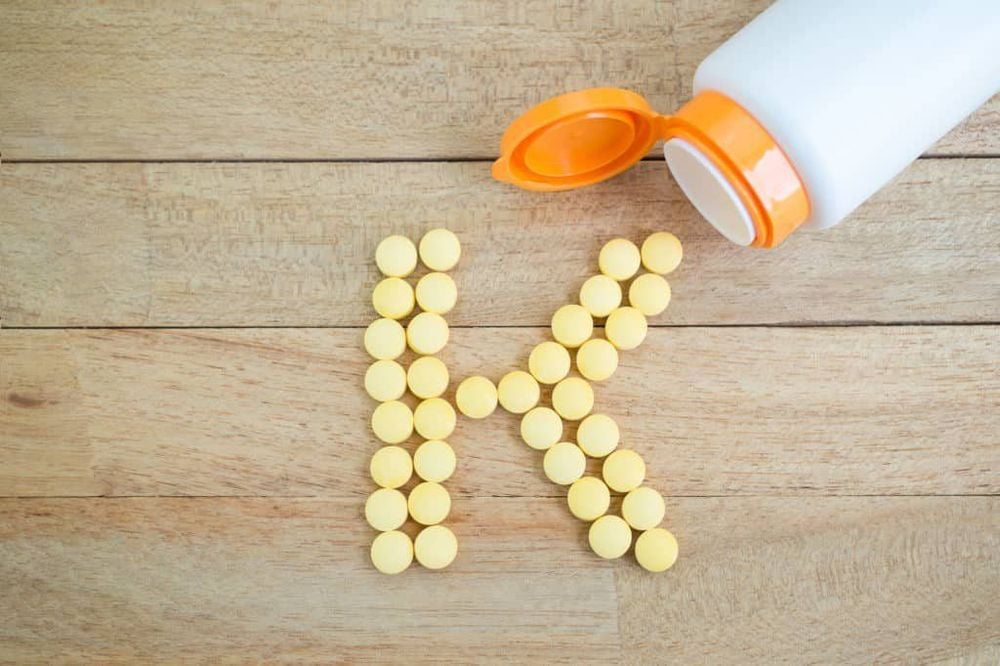
Vitamin K là vitamin tan trong chất béo
2. Potential dangers of taking too many vitamins
When consumed naturally through food, these nutrients are unlikely to cause harm, even when consumed in large amounts.
However, when taking concentrated doses in supplement form, it is easy to take too much of vitamins and doing so can lead to negative health outcomes.
2.1 Side effects of taking too much water-soluble vitamins
When taken in excess, some water-soluble vitamins can cause side effects, some can be dangerous.
However, similar to vitamin K, some water-soluble vitamins have no observed toxicity and therefore no maximum acceptable intake limit. These vitamins include vitamin B1 (thiamine), vitamin B2 (riboflavin), vitamin B5 (pantothenic acid), vitamin B7 (biotin), and vitamin B12 (cobalamin).
It is important to note that while these vitamins do not have observable toxicity, some of them may interact with medications and affect blood test results. Therefore, caution should be exercised with all nutritional supplements.
The following water-soluble vitamins have established maximum acceptable intake limits, as they can cause adverse side effects when taken in high doses:
Vitamin C. Although vitamin C is toxic relatively low, but its high doses can cause gastrointestinal upset, including diarrhea, cramps, nausea, and vomiting. Migraines can occur with doses of 6 grams per day.

Dùng quá nhiều vitamin C có thể gây rối loạn tiêu hóa
Vitamin B3 (niacin). When taken as nicotinic acid, niacin can lead to high blood pressure, abdominal pain, impaired vision, and liver damage when consumed in high doses of 1 to 3 grams per day. Vitamin B6 (pyridoxine). Long-term consumption of B6 can cause severe neurological symptoms, skin damage, photosensitivity, nausea and heartburn, some of which occur when 1 to 6 grams per day are taken. . Vitamin B9 (folate). Taking too much folate or folic acid in supplement form can affect mental function, negatively impact the immune system, and mask a potentially serious vitamin B12 deficiency. Note that these are side effects that healthy people may experience when taking large doses of these vitamins. For some people with medical conditions, even more serious reactions can occur when taking too many vitamins.
For example, although vitamin C is unlikely to cause toxicity in healthy people, it can lead to tissue damage and fatal heart abnormalities in people with hemochromatosis, which is a disorder iron storage.
2.2 Side effects from consuming too much fat-soluble vitamins
Because fat-soluble vitamins can accumulate in body tissues, they can be more harmful when taken in high doses, especially over long periods of time.
In addition to vitamin K, which has a low potential for toxicity, the other three fat-soluble vitamins have maximum tolerable intake limits due to the potential for harm at high doses.
Here are some of the side effects associated with consuming too much fat-soluble vitamins:
Vitamin A. An overdose of vitamin A can lead to toxicity, symptoms of which include nausea, increased intracranial pressure, coma, and even death. Vitamin D. Toxicity from high doses of vitamin D supplements can lead to dangerous symptoms, including weight loss, appetite, and irregular heartbeat. It can also increase blood calcium levels leading to organ damage.
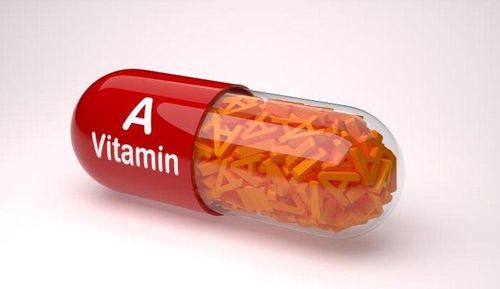
Sử dụng quá liều vitamin A có thể gây tử vong
Vitamin E. High doses of vitamin E supplements can interfere with blood clotting, cause bleeding, and lead to hemorrhagic stroke. Although vitamin K has a low potential for toxicity, it can interact with certain medications, such as warfarin and antibiotics.
3. How to take vitamins safely
The best way to get the nutrients you need is through a well-rounded diet. However, many people need vitamin supplements for a variety of reasons.
Age, genetic disorders, health conditions and diet are all factors that can increase the need for certain nutrients.
Fortunately, vitamins are generally safe as long as they are used responsibly.
The following table shows both the recommended daily intake (RDI) and the maximum acceptable limit of intake (UL) for fat-soluble and water-soluble vitamins:
Due to potential toxicity, vitamins are not recommended to consume more than the above allowable intakes for the nutrients listed above.
Remember that under certain circumstances, your doctor may recommend taking more than the maximum acceptable intake limit for some nutrients to correct deficiencies.
For example, when vitamin D deficiency is usually treated with vitamin D injections or supplements at doses higher than 50,000 IU, much higher than the maximum acceptable intake limit.
Although the labels are intended to provide recommendations for how much vitamins to take each day, needs can vary from person to person. If you have questions regarding the use of vitamins, it is best to consult a medical professional before use.
Customers can directly go to Vinmec Health system nationwide to visit or contact the hotline here for support.
Articles refer to the source: healthline.com




